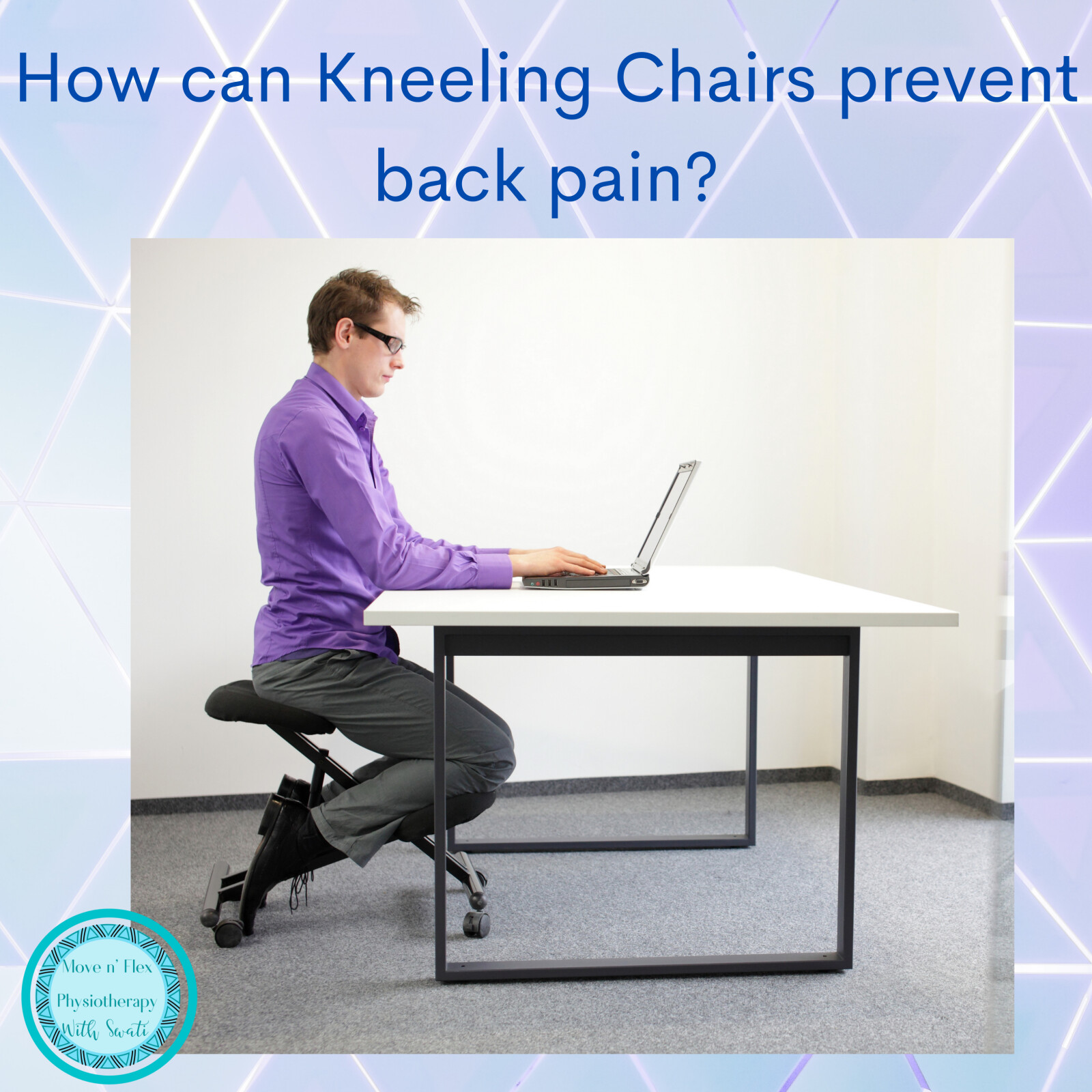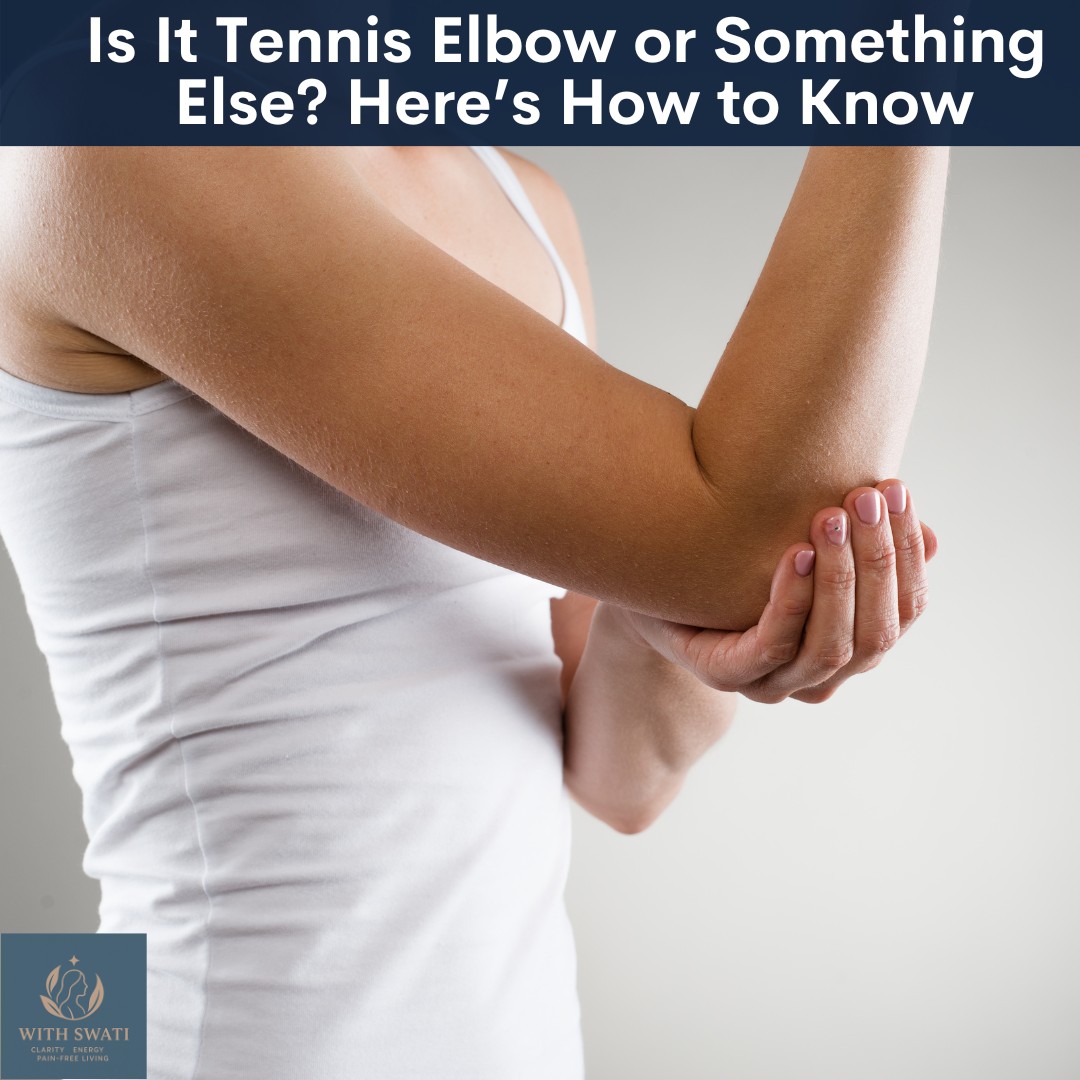
Are you a working mum who is tired of experiencing neck and back pain while working at your desk? There could be many reason for this but the commonest one is your slouched posture. In this blog, lets discuss how a poor posture can lead to slouching and five simple yet practical tips to stop slouching at your desk, that you can implement starting today.
Our spine is like building blocks stacked on top of each other. We need to make sure that the lower back (lumbar spine), mid back (thoracic spine) and neck (cervical spine) are all in a good posture as poor posture on one area will affect the rest of the spine, leading to slouching.
The first tips is keep your lumbar spine in a good posture. Try and sit back into your chair so that your so that your bottom is touching the back of the seat. However, be mindful to keep a 1-inch gap between the edge of the seat and the back of your knee. This ensures there is no additional pressure on the important structures that are present at the back of the knee. If the seat of your chair is too long and this is not possible use a pillow or lumbar support behind your back to shorted the seat length. When your back muscles get tired you tend to move back towards the seat to lean on it. If you don’t sit back into your chair there is enough room for you slouch into the seat at this stage, leading to a poor slumped posture and back pain.
Secondly, avoid slouching at the mid back with this simple tip. Put a tennis ball or a massage ball on the thoracic spine at the level of the shoulder blades (anywhere from the top to mid of the shoulder blades), such that it sits between your spine and the chair. Whenever you slouch the ball will roll off your mid back, thus reminding you to keep your spine erect while sitting. This simple yet effective posture tip is very useful to prevent slouching at the mid back and thus prevent pain at the thoracic spine.
Thirdly, check your posture at your Cervical spine or neck. A commonly seen poor posture at the neck is a forward head posture, where your head is placed forwards in relation to your body or torso. In order to balance this forward position of the head over the body, the shoulder need to be rounded. This is usually seen in those who strain their neck forwards to look at a screen for long hours. It creates a lot of stress around the neck muscles and nerves in the mid back and neck. It can also lead to irritation or compression of the nerves that exit the lower cervical spine, which can lead to nerve pain in the area between the shoulder blades or the arms and hands, cervicogenic (cervical) headaches and even contribute to poor sleep quality. To avoid rounded shoulder and Forward head posture make sure that your work area is ergonomically optimized. Position the top of your laptop or phone screen is about five to 10 degrees below eye level. This will help to maintain a neutral posture of the neck, thus preventing rounded shoulders and forward head posture (see picture below).

Fourthly, take regular breaks from sitting and move by standing up and stretching. Our bodies are not meant for static postures, whether it is prolonged standing or prolonged sitting. Stand up, move around, and stretch every 30 minutes throughout the day to reverse the effects of being seated for extended periods. This helps reduce the strain on your back and improves blood circulation. Incorporate simple exercises such as shoulder rolls, side bends, and gentle twists to release tension. These Desk based exercises can be done even when you are in a meeting or a flight where you cant get up and move.
Fifth tip is to keep your feet firmly planted on the floor when you sit. If your chair is high put a foot stool under your feet, so they can rest on the stool. This prevents the stresses from building up the chain into the knees, hips, pelvis and lumbar spine. Another important tip is to keep the tripod of your foot on the floor in sitting to make sure that your body weight is evenly distributed on the feet. Tripod of the feet are ball of the big toe and ball of the little toe and the heel.
If you want to learn more on How to maintain a good posture when Working From Home click HERE for a free checklist.
If you like this blog and want to be notified about new blogs as soon as they are published, subscribe to my mailing list below.
Note: This blog contains affiliate links which will bless me and I will be able to help more people with spine and joint pain.
I would love to see you around the internet! For other places you can explore more about me: https://withswati.com/page/link
















0 Comments